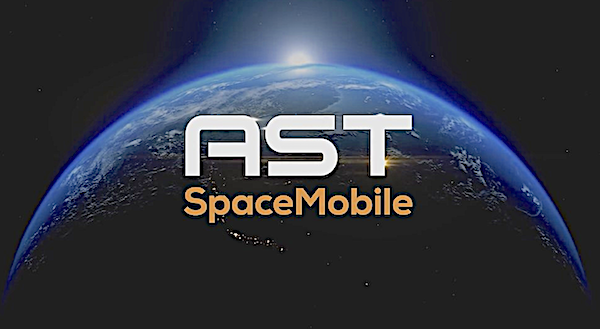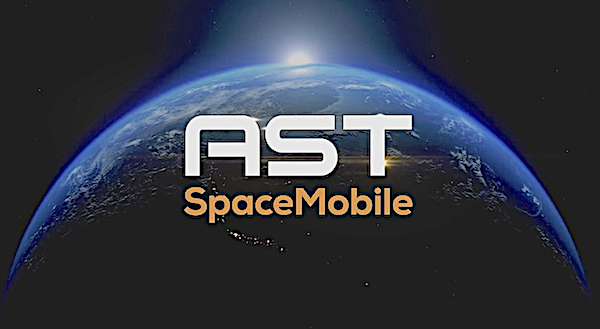
Barclays Bank is positive on AST SpaceMobile L-band meaningful addition (Image Credit: Sat News)

Analysts at Barclays have joined a growing number of researchers favoring AST SpaceMobile (AST). A report from the bank explains to investors the background to AST’s recent agreement with Ligado Networks, and says the additional L-band spectrum acquired by AST to be meaningful.
The bank says that while the agreement, permitting access by AST to Ligado’s already approved direct-to-device scheme, and if authorized by the FCC for use on AST’s low Earth orbiting satellites, will end up providing “better quality of coverage and potentially more capacity” and “is attractive in our view”.
However, there are hurdles. Top of the list is the spectrum itself. Currently, L-band is not used by mobile terrestrial smartphones. This will change, suggests the bank saying “in practice the L-band spectrum will not be usable until sometime after 2027”. Manufacturers of smartphones will likely add L-band to their portfolio of spectrum within their handsets.
AST and Ligado must also obtain a number of regulatory and contractual permissions.
Barclays says: “The spectrum will be shared with AST and Mobile Network Operator partners so does not change a strategy [for AST] but will enable better quality of coverage”.
Despite plans to launch additional satellites this year, it is unlikely that consumers will be accessing AST signals (initially via AT&T and Verizon) much before the end of 2026. India’s ISRO will launch at least one satellite (probably in March) while SpaceX is contracted to launch four AST satellites around August this year and another four around October. Blue Origin is expected to launch eight satellites for AST around December this year.
Getting each satellite from launch to actual orbit takes time while the unfolding of each satellite’s giant antenna is reported to take about 9 days, with testing and calibration of the satellite taking around 2 months.
In other words, by early 2026 there could be about 20 AST craft in service, and by November 2026 that would have grown to around 45, and sufficient for direct-to-cellular services to be available.





